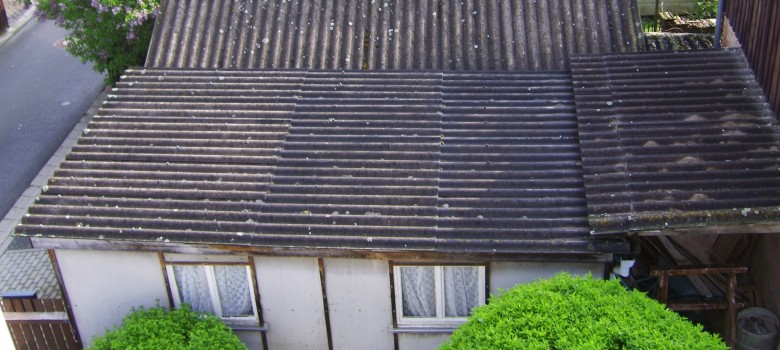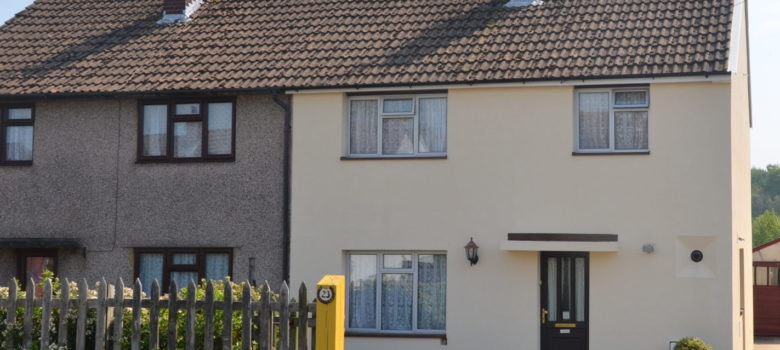
We often get calls regarding homes with asbestos and how it should be dealt with. Whilst we are not asbestos experts, we do work with a qualified asbestos surveying company, so we put some of the most common questions and have provided the answers for you below.
What are the health risks of asbestos?
Asbestos is a mineral that was used extensively in the mid 20th century especially in the construction industry. It was so widely used mainly because of its superb insulating properties and versatility, but unfortunately it also had some pretty awful side effects.
Inhalation of asbestos particles can cause a catalogue of lung diseases and cancers, which can seriously damage health and eventually lead to death. The effects can occur anywhere from 15 to 60 years after exposure, so you won’t notice it for some time, and the danger from exposure is cumulative.
Where might I see asbestos?
In the average home built before 2000 it may be possible to find asbestos in the following places:
- Cement products around pipes flues and roofs
- Lagging around pipes, cisterns and water tanks
- Asbestos insulating board (similar in appearance to plasterboard)
- Textured coatings like Artex and sprayed coatings
- Floor tiles
- Loose in ceiling and wall cavities
As you can see there are any number of places where you might find asbestos in the home!
What does asbestos look like?
In its natural form, there are 6 different minerals that can be classified as asbestos. They tend to have a fibrous appearance but can come in a range of different colours. Unfortunately asbestos can be quite tricky to detect in the home, because it was such a versatile material it can be found in a number of places.
What should I do if I see asbestos?
The first thing to say is that you should never disturb asbestos yourself unless you are qualified to handle it. Even a small amount of exposure is not healthy and it is better not to risk disturbing what is there.
If the asbestos looks in good condition and there is no reason to believe it is degrading in anyway, then it is best to leave it alone, occasionally checking it to make sure it has not deteriorated at all. If the asbestos shows signs of deterioration, then you will have to take steps to ensure you are safe. In some cases, the asbestos material can be repairs or protected to ensure it is no longer a threat, but in other cases it will have to be removed.
Do I need to get it removed?
In order to determine whether the asbestos needs removing or requires remedial work, your first step should be to contact a qualified asbestos surveyor, or to speak to your local environmental health officer. They should be able to give you some advice and potentially arrange for an asbestos survey to determine next steps.
How much does asbestos removal cost?
The removal process itself is quite tricky and must be done by trained technicians. Once removed, the asbestos must be carefully disposed of as well. This makes asbestos work extremely expensive. You will see prices for asbestos sheeting removal of £1,000 or more very frequently.
Even though the price may be high, you shouldn’t shy away from getting works done if they are needed. Asbestos is a killer and if you have damaged or degrading asbestos in the home you must do everything you can to make the situation safe.
Think we missed something? Do you have a different opinion?
Comment below to get your voice heard…












I have a shed made of cement/asbestos sheeting – like the one in the photo on this page – that I use to store firewood. When you say ‘leave it alone’ do you mean do not go near it, or do not do any work on it, e.g. drill, sand, scrape, break?
We recommend not doing any work on it that can disturb the asbestos – so as per your example, drill, sand or scrape.